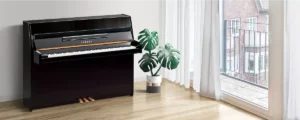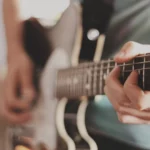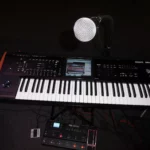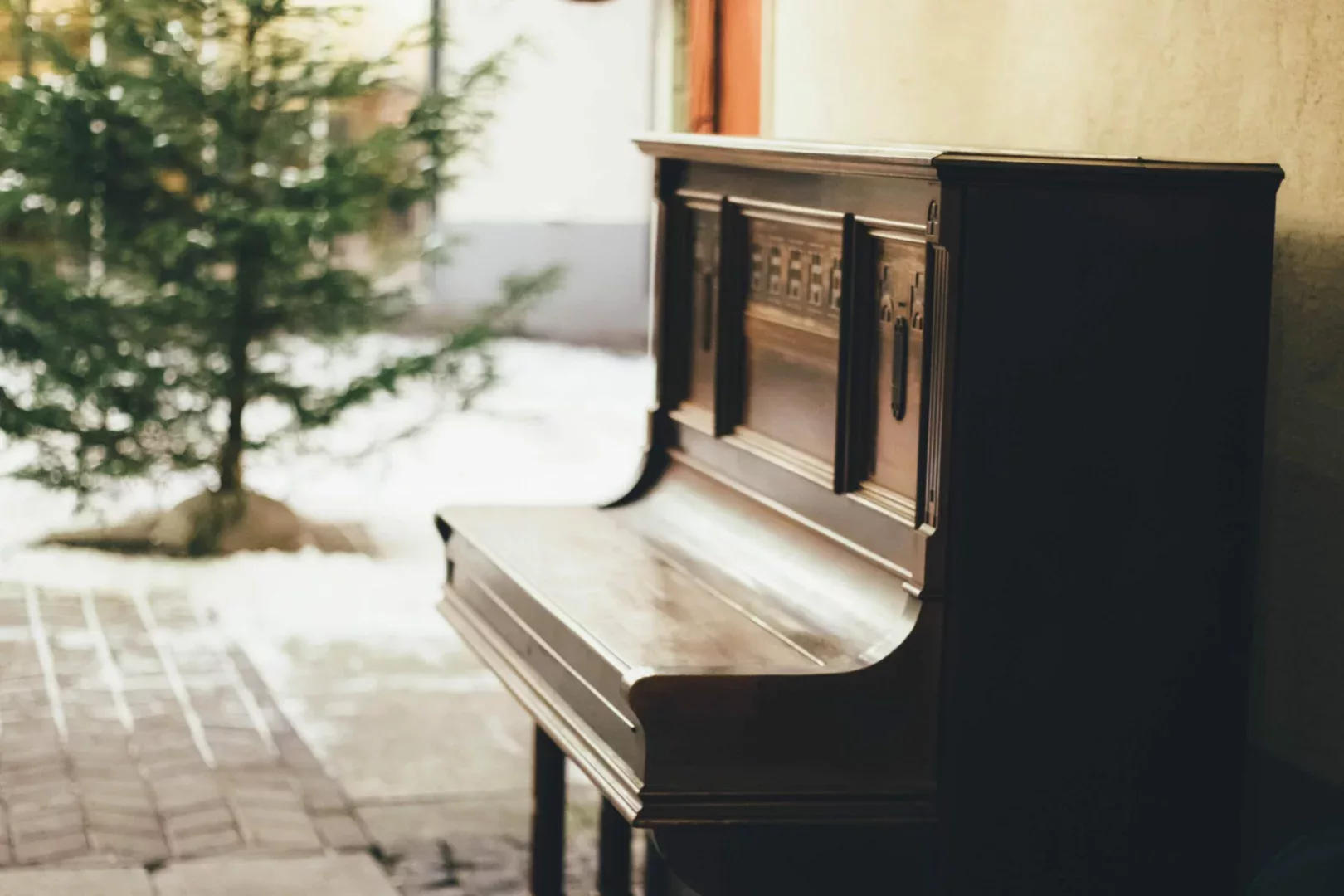
For pianists and music lovers, maintaining the instrument’s sound quality is crucial. But a common question arises: how often should you tune a piano? This article aims to address this query precisely. Read on!
Related posts:
The Best Upright Piano For Beginners: Top 10
How to Remove Scratches From Pianos? Ultimate Guide
How Often Should You Tune a Piano? Expert Advice
Contents
A General Rule
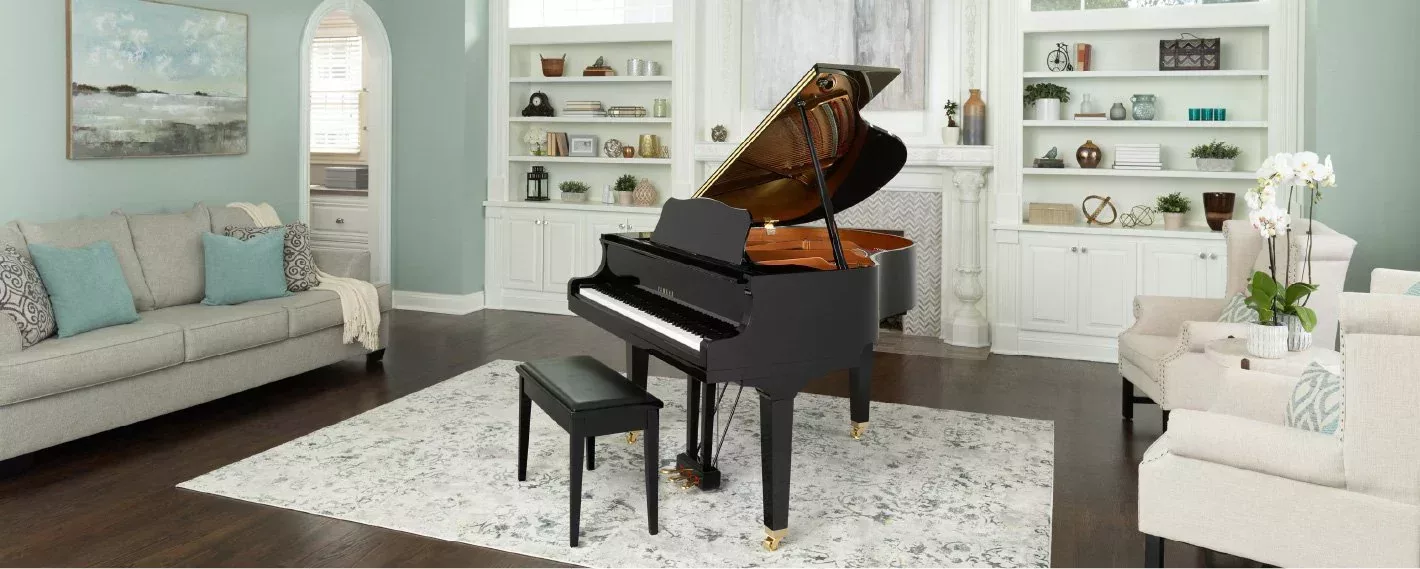
Traditionally, it is recommended to tune your piano roughly once or twice a year. This frequency helps in maintaining the tension of the strings and ensuring that the piano produces a harmonious sound.
To ensure consistent string tension, it’s advisable to maintain regular tuning over time. Seasonal changes, particularly variations in temperature and humidity, affect the wood parts of the piano and the tension of the strings, thus influencing its tune.
You should plan piano maintenance after significant humidity changes, as home pianos are more susceptible to climate effects compared to those in concert halls. A useful guideline is to schedule tuning after seasonal changes, such as in the fall and spring.
New Pianos
For new pianos, the tuning should be more frequent. This is due to the ‘stretching’ in the new strings, necessitating regular adjustments to settle into their standard tension and pitch.
Pianos need regular tuning at least once a year to keep them up to pitch and playing the correct notes, but your piano should be tuned twice during its first year in your home.
Regularly listen to your piano’s sound, playing major chords and scales across the keyboard. This practice can promptly reveal any tuning issues.
Pianos left out of tune for an extended period may adapt to the discordant state, as the pin block and steel strings have tension memory and may revert to an out-of-tune position after tuning.
Professional/Concert Grand Pianos
For concert hall pianos, tuning before each performance is essential, with ongoing maintenance and regulation in between, whereas in an average household, tuning every six months is generally sufficient.
Why Do Pianos Go Out of Tune
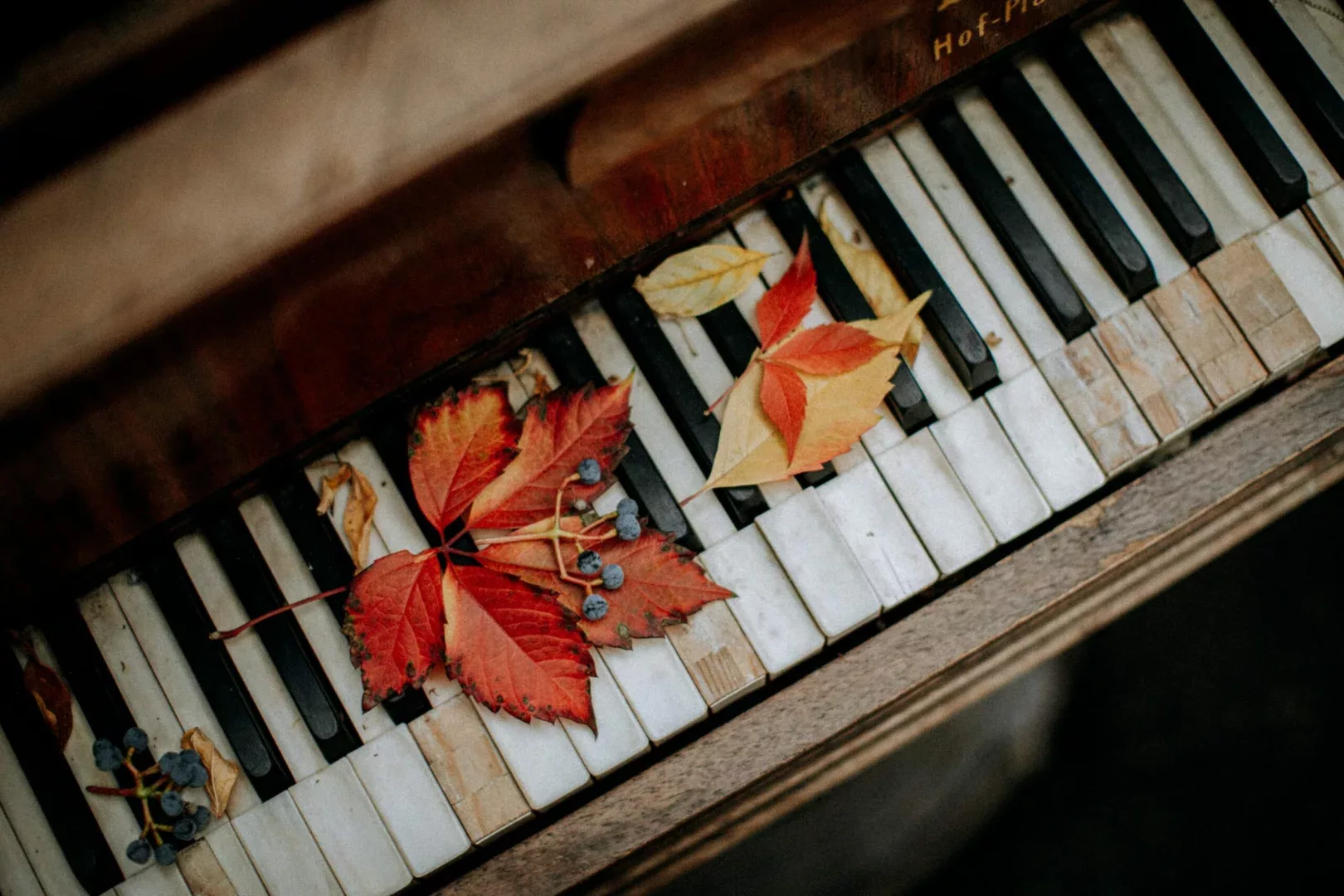
The frequency of tuning can be influenced by various factors such as:
Environmental Conditions
Fluctuating temperature and humidity levels can cause the piano’s materials to expand and contract, affecting tuning stability.
Usage
Pianos that are used more frequently or played with higher intensity may require more frequent tuning.
Age and Condition
Older pianos or those not in optimal condition might require more attention and frequent tuning sessions.
What Happens During Tuning?
When a piano technician goes through the tuning process, a piano’s pitch will be adjusted to the international standard of A440 (A4 = 440 Hz), which is the ‘A’ above middle ‘C.’
This specific ‘A’ is the reference point for all instruments, ensuring a consistent pitch across the entire orchestra. Matching the pitch with A4 is crucial for any ensemble involving the piano to avoid a discordant and out-of-tune sound.
A proficient piano tuner employs electronic devices to confirm the precise frequency of each note rather than relying on perfect pitch.
The piano technician will play Major chords and scales to assess the tuning of each octave across the keyboard. Additionally, they may remove the keyboard to inspect for any visible issues with the action and ensure the felt is in optimal condition.
Excessive grooves or hardening of the felt can negatively impact the quality of the sound, and they will check this during the tuning process.
Regulation
Regulation involves making minute adjustments to the keyboard and action. The touch of the keys is adjusted, and the keys are leveled.
Tuning
Tuning is the correction of the pitch of each note by gently re-tightening metal pins called tuning pins around which the strings are wound, using a tool called a tuning hammer.
Voicing
Voicing involves balancing the volume, tone, and overall sound of the piano by adjusting the hardness of the hammer felts by pricking them with needles using a tool called a picker.
FAQ
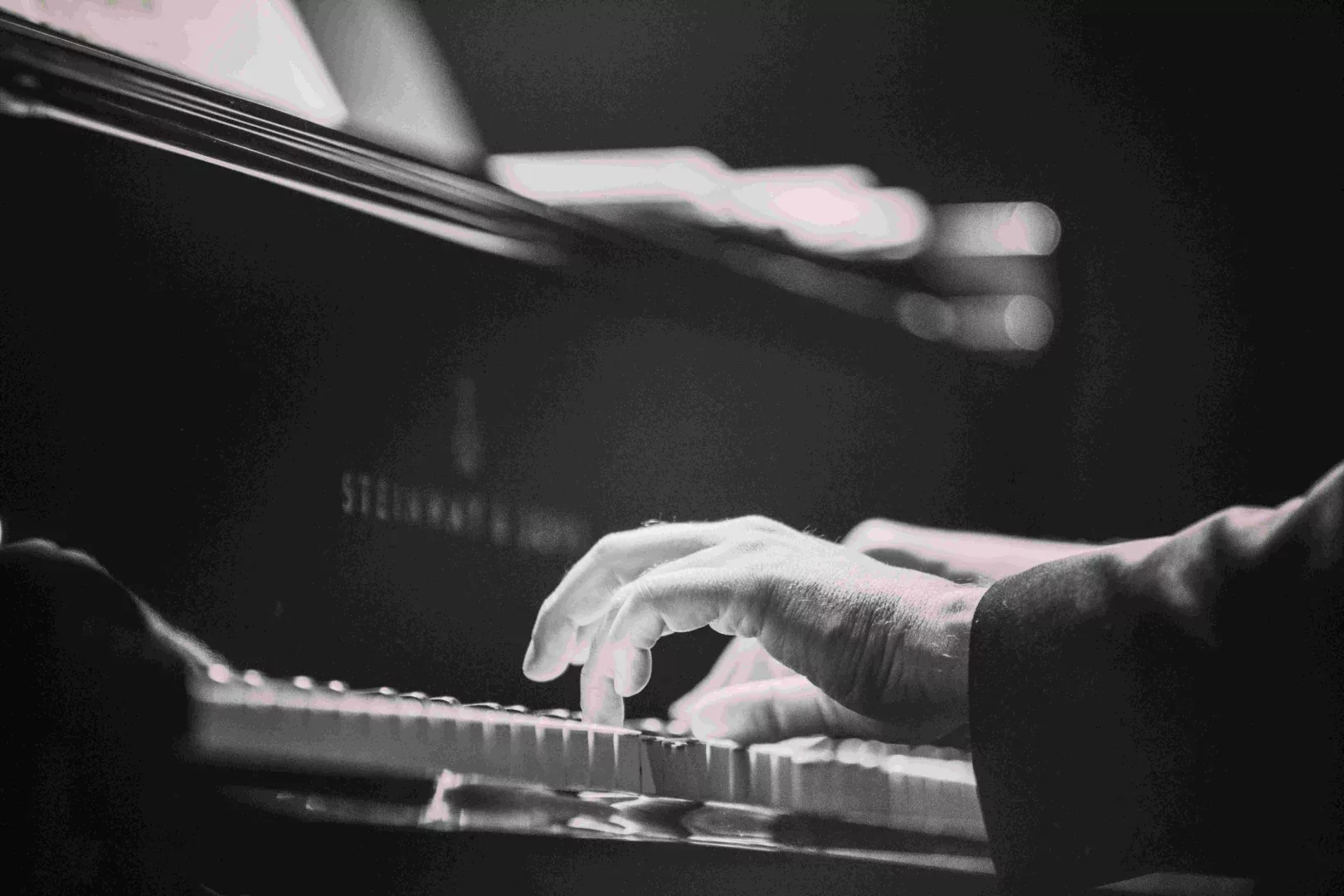
1. Is It Okay to Tune a Piano Less Frequently?
You can tune a piano infrequently but it might not perform at its best. Regular tuning maintains the piano’s sound quality and overall health.
2. Can I do It Myself?
Tuning a piano requires expertise and the right tools. It is usually best left to professionals unless you have received proper training.
3. How Long Does It Take?
A standard tuning session might take between one to two hours. However, the time may vary based on the piano’s condition and the tuner’s approach.
4. How Much Does It Cost?
The cost of tuning a piano varies based on location, piano condition, and tuner expertise, typically ranging from $100 to $200.
5. Can a Piano Go Out of Tune if Not Played?
Yes, a piano can go out of tune due to environmental factors and natural string tension loss, even if it is not frequently played.
6. Is It Worth Tuning an Old Piano?
Deciding whether to tune an aging piano hinges on factors such as the instrument’s current state, sentimental significance, and potential monetary value.
Usually, the answer is yes, it’s worthwhile to tune an old piano, but seeking a reliable professional evaluation before investing a substantial amount is essential.
If the piano’s appraised value is below $1000, and the required tunings amount to $1000, the decision becomes subjective and depends on the personal meaning attached to that specific piano.
In the case of a vintage Steinway, Bluthner, or Bosendorfer requiring substantial restoration, the investment is justified, considering the instrument’s enduring value and potential for decades of use.
While most piano manufacturers design instruments capable of lasting 30-40 years in optimal condition, factors like wear and tear, climate damage, and amortization significantly influence a piano’s aging process.
7. Do Digital Pianos Need Tuning?
Digital pianos do not require tuning and, in general, require very little maintenance. If you prefer not to tune your piano, a digital piano can be a great alternative to an acoustic piano. Some excellent choices to consider are:
The 8 Best Beginner Digital Pianos for Under $1000
Conclusion
By adhering to these guidelines on how often you should tune a piano, you can ensure that your instrument resounds with clarity and precision, and stays in its optimum tuning frequencies. Happy practicing and performing!
Related Posts:


